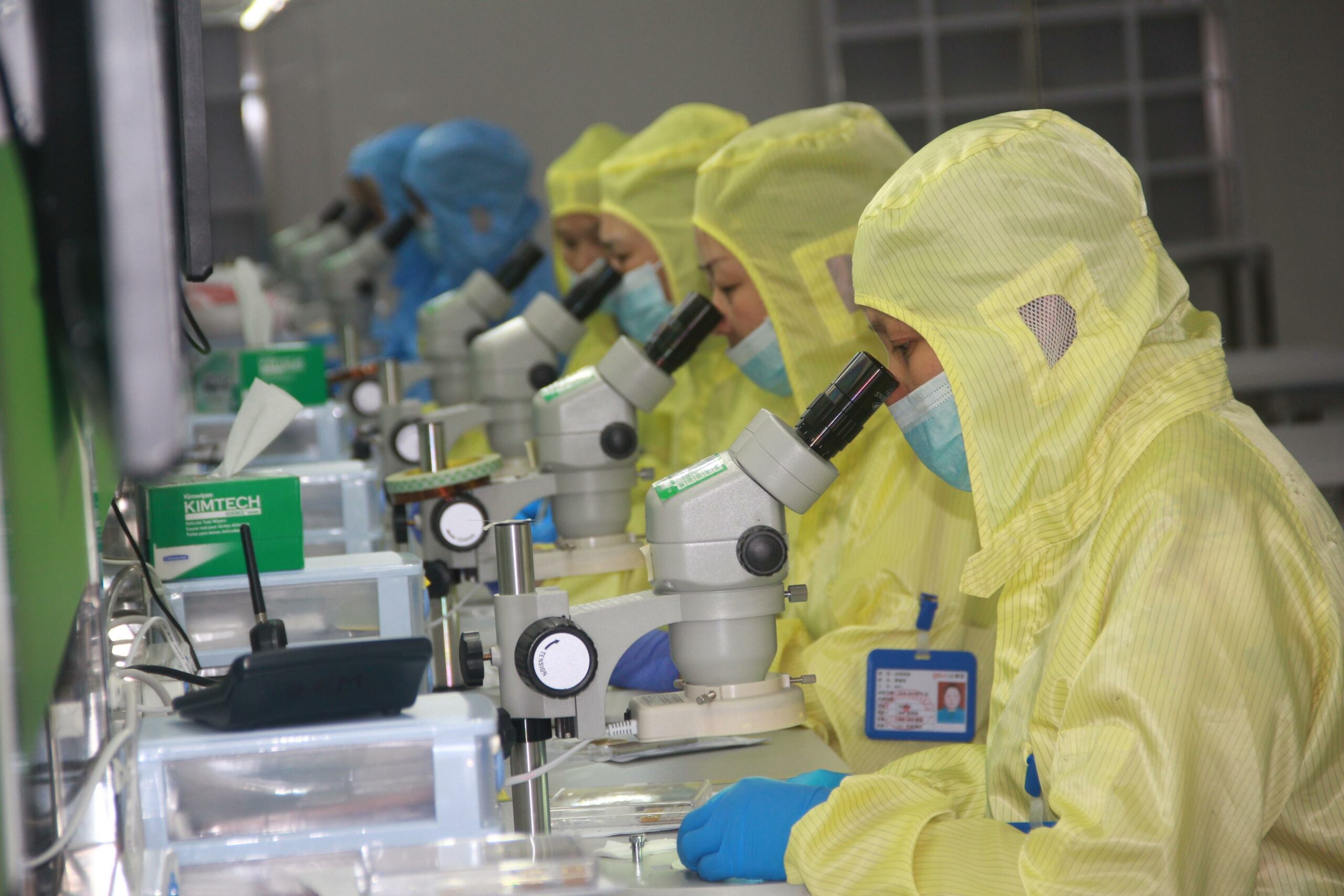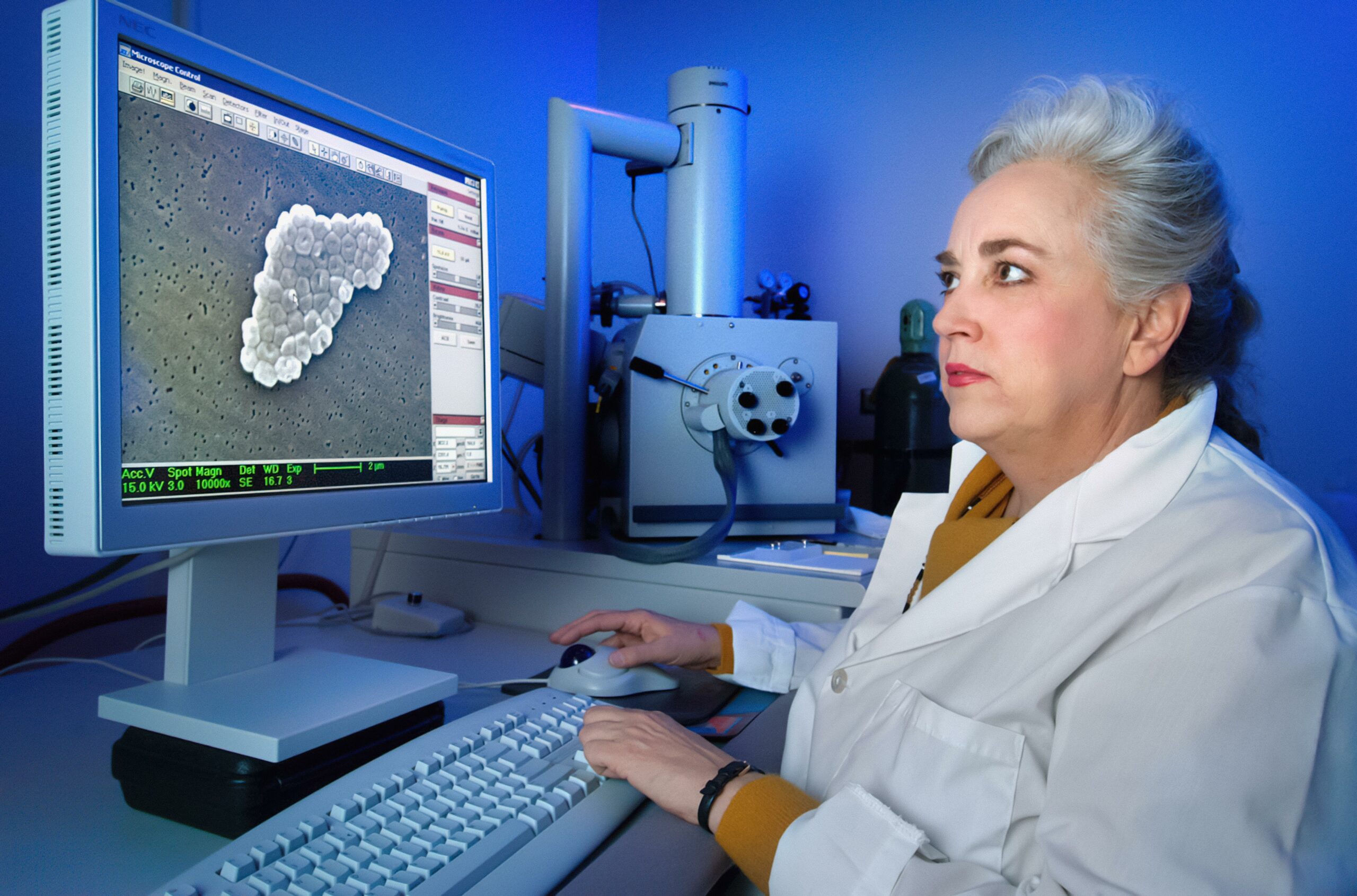Are you ready to delve into the mesmerizing world of microscopes? Brace yourself for an exploration of fascinating facts and captivating information about these extraordinary scientific tools. From unraveling the mysteries of the invisible world to uncovering the secrets of life itself, microscopes have revolutionized our understanding of the world around us. In this article, we will embark on a thrilling journey to demystify the wonders of microscopes, shedding light on their uses, types, and applications. So, grab your scientific curiosity and get ready to be enthralled by the captivating world of microscopy!

Microscope Facts and Information
Microscopes are powerful tools that have revolutionized our understanding of the microscopic world. From examining the intricacies of cells to uncovering the mysteries of bacteria and viruses, these devices have played a crucial role in scientific research. In this article, we will delve into the fascinating facts and information about microscopes, exploring their history, types, and uses in scientific exploration.
A Journey Through Microscope History
Let’s travel back in time to the origins of microscopes. The first recorded use of a microscope dates back more than 3,000 years ago! Can you imagine how ancient civilizations managed to create these devices? Although not as complex as the modern microscopes, these early versions were able to magnify tiny objects, allowing people to marvel at the wonders of the unseen world.
Fast forward to the 1590s, and we witness the invention of the compound microscope. Unlike the earlier “simple” microscopes, which had only one lens, compound microscopes incorporated at least two lenses. This breakthrough opened up a whole new realm of possibilities for scientists and laid the foundation for modern microscopy.
Key Point:
Microscopes have a rich history spanning thousands of years, with the compound microscope revolutionizing scientific exploration in the late 16th century.
The Power of Magnification
One of the key features of a microscope is its ability to magnify objects, making the invisible visible. Curious about how microscopes achieve this magnifying power? It’s all about multiplying the power of the objective lenses. The objective lens, positioned just above the sample, collects and focuses light, allowing us to see tiny details that our naked eyes may miss.
By adjusting the magnification of the objective lens, scientists can zoom in on microorganisms, cells, or even the fine structures within a cell known as organelles. This remarkable capability not only helps us understand the building blocks of life but also aids in medical diagnoses, environmental analysis, and countless other scientific endeavors.
Key Point:
Microscopes unlock a hidden world by magnifying objects, enabling scientists to study the smallest structures and organisms in great detail.
Types of Microscopes
Microscopes come in various shapes and forms, each designed to address different research needs. Let’s explore some common types of microscopes:
Compound Microscope: This is the most familiar and widely used type of microscope. It uses multiple lenses, including objective and eyepiece lenses, to provide high magnification and resolution.
Electron Microscope: Unlike compound microscopes that use light, electron microscopes use beams of electrons to visualize samples. They offer incredibly high magnification and resolution, suitable for studying ultra-fine details of samples.
Confocal Microscope: This type of microscope is used to create sharp, high-contrast images of thick specimens. By employing laser light and a pinhole to eliminate out-of-focus light, confocal microscopes produce incredibly detailed images of fluorescently labeled samples.
Key Point:
Microscopes come in various forms, such as compound, electron, and confocal microscopes, each offering unique advantages for different scientific applications.
Shining a Light on Illumination
To observe the fine details of a specimen effectively, proper illumination is crucial. By casting a focused beam of light onto the sample, microscopes reveal hidden structures that would otherwise remain invisible.
Microscopes employ various illumination techniques, including bright field, dark field, phase contrast, and fluorescence. Each technique allows scientists to highlight specific features of a specimen. For example, fluorescence microscopy uses fluorescent dyes to tag specific molecules or structures within a cell, enabling their visualization under specialized light conditions.
Key Point:
Illumination plays a vital role in microscopy, allowing scientists to reveal intricate details of specimens using techniques like bright field, dark field, phase contrast, and fluorescence microscopy.
Exploring the Unseen with Microscopes
Now that we’ve explored the history, types, and illumination techniques, let’s dive into some fascinating applications of microscopes in scientific research:
Cell Biology: Microscopes have been instrumental in unraveling the complex world of cells. They allow scientists to study the morphology and behavior of cells, observe cellular processes, and delve into the inner workings of organelles.
Medical Diagnostics: Microscopes play a crucial role in medical diagnoses, enabling doctors to examine blood smears, detect abnormal cells, and identify pathogens responsible for infectious diseases.
Material Sciences: Microscopes are essential tools for materials scientists, as they provide a means to analyze the properties and structures of various materials at the microscopic level.
Forensic Investigation: Microscopy is employed in forensic investigations to examine trace evidence, such as fibers, hairs, or blood samples, which may hold key clues in solving crimes.
Key Point:
Microscopes find wide-ranging applications in diverse scientific fields, including cell biology, medical diagnostics, material sciences, and forensic investigation.
In conclusion, microscopes have proved to be indispensable devices in scientific research, unraveling the mysteries of the microscopic world. By peering into the intricacies of cells and revealing hidden structures, microscopes have expanded our knowledge and paved the way for groundbreaking discoveries. Whether you’re a curious mind eager to explore the invisible or a scientist seeking to unlock nature’s secrets, understanding the facts and information about microscopes is crucial for embarking on an enlightening journey of scientific exploration.
“Microscopes are the windows to a world unseen, unveiling the intricacies of life at an unimaginable scale.”
The compound microscope is a fascinating tool that allows us to explore the intricate details of the microscopic world. If you’re curious about facts about the compound microscope, click here for a list that will surely pique your interest! Find out more at facts about the compound microscope.
FAQ
Question 1: When was the first microscope invented?
Answer 1: The first microscope, called the ‘Flea Glass,’ was used to study insects and was invented over 3,000 years ago.
Question 2: What is the difference between a simple microscope and a compound microscope?
Answer 2: A simple microscope has only one lens, while a compound microscope has at least two lenses. Compound microscopes were invented in the 1590s.
Question 3: How do microscopes magnify images?
Answer 3: Microscopes get their magnifying power by multiplying the power of the objective lenses. This allows them to make very tiny objects visible to the human eye through magnification.
Question 4: What can microscopes be used to observe?
Answer 4: Microscopes can be used to observe objects at the cellular level, allowing scientists to see the shape of cells and their organelles. They are essential tools for studying the intricate details of biological structures.
Question 5: How important is proper illumination in microscopy?
Answer 5: Proper illumination is necessary for magnifying a specimen and resolving fine detail. It ensures that the image produced by the microscope is clear and accurate.
- Unlock Water’s Symbolism: A Cross-Cultural Exploration - April 20, 2025
- Identify Black and White Snakes: Venomous or Harmless? - April 20, 2025
- Unlocking Potential: Origins High School’s NYC Story - April 20, 2025















